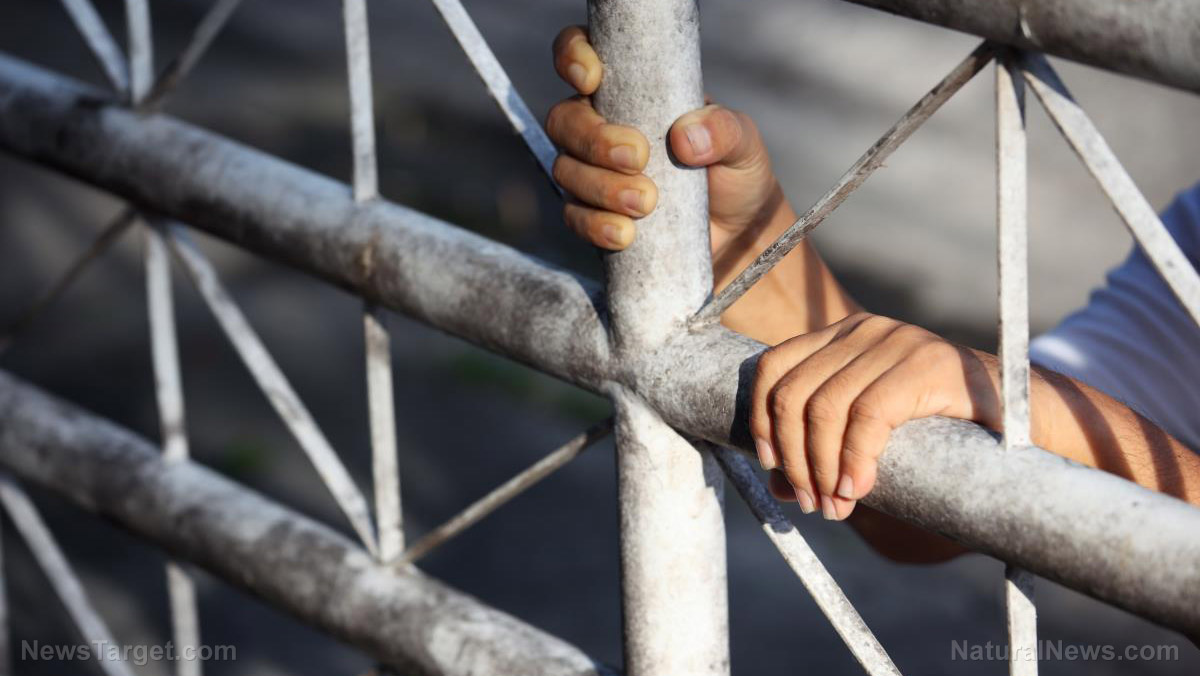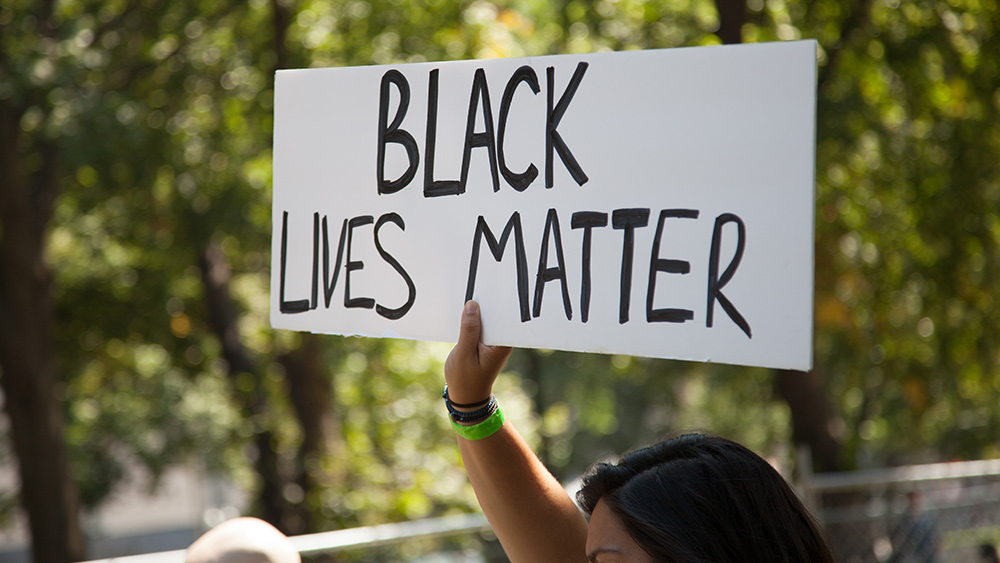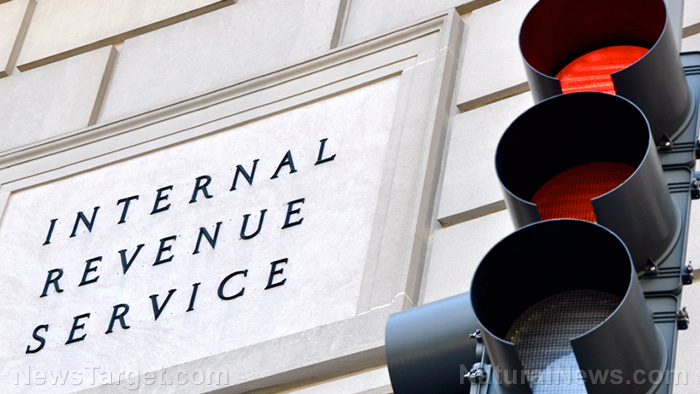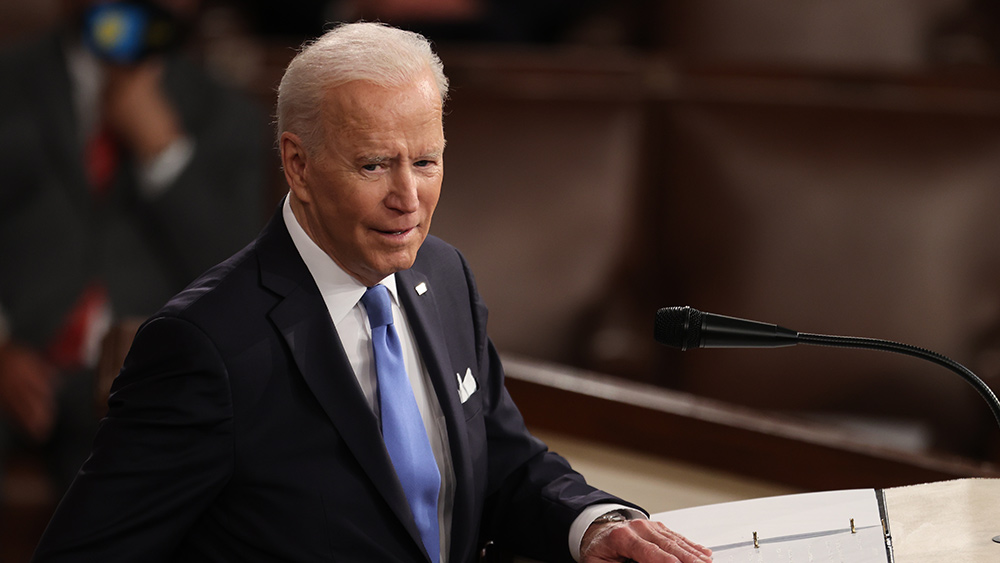California announces closure of 2 prisons due to budget constraints (but there’s plenty of money for illegal immigrants)
12/23/2022 / By Roy Green

California is shutting down two prisons – not because crimes are on the decline and there are fewer criminals, but because the state is facing a budget deficit.
The California Department of Corrections and Rehabilitation (CDCR) announced on Dec. 6 the closure of Chuckawalla Valley State Prison in Blythe, about 100 miles east of Palm Desert, and the California City Correctional Facility, about 75 miles southeast of Bakersfield. Both will close in March 2025.
The CDCR maintains 35 adult prisons, 13 of which are stand-alone federal prisons. There are also 42 conservation camps scattered around California.
Democrat lawmaker Phil Ting of San Francisco said more closures could be on the way. According to Ting, the chair of the Assembly Budget Committee, a budget outline released on Dec. 7 indicated three more prisons could close by summer 2023.
The reduced number of prisons would mean “saving the state up to $500 million annually and [avoiding] billions in capital expenses,” said Ting.
The budget outline also revealed that although the prison population in California declined a bit, the corrections’ spending grew from $10.2 billion in the fiscal year 2012–2013 to $14.6 billion in 2022–2023.
Recent projections by the state Legislative Analyst’s Office showed California facing a $24 billion deficit in the 2023-2024 fiscal year, prompting the legislature’s nonpartisan fiscal and policy advisor to tell lawmakers in November to cut down on spending.
Upon scrutiny of the budget flow, lawmakers found the non-income-generating prisons as convenient targets that need little explanation or justification to strike out. After all, those who would be greatly affected are the state inmates, the majority of whom have committed crimes against society and humanity.
California ranks second in number of prisoners under federal or state jurisdiction
According to the CDCR, the 35 adult prisons it maintains have a total ideal capacity of 85,083 inmates. California’s institutional population hovered around 115,000 inmates between 2017 and 2019, just below the Supreme Court mandated target of 137.5 percent of design capacity.
Released data in 2020 revealed that California ranked No. 2 in the number of prisoners under federal or state jurisdiction with 97,388 – trailing only runaway leader Texas, which has 135,906 prisoners.
About 15,000 thousand California inmates are excluded from the institutional population because they are housed in camps or in one of the eight contract facilities that the state does not own. Four of these facilities are privately operated; three are publicly operated by the cities of Delano, Shafter and Taft; and one is privately owned but operated by the CDCR.
Over 9,000 inmates, meanwhile, are held in private out-of-state facilities.
These numbers are minuscule when compared to the United States’ alarming total of 2.2 million prisoners, the world’s largest.
With such a huge number of inmates to attend to, it’s hardly surprising that problems would arise, especially in the facilities where transgenders are put in the same cells as women. Overcrowding also led to depression and psychotropic drug use for many inmates. (Related: Psych drug use skyrockets in U.S. prisons.)
The concerned government agencies are now looking at reducing the number of inmates through more efficient crime prevention strategies, such as increased police presence and better surveillance measures.
Police authorities were unable to achieve this in 2021 as California’s violent crime rate increased by six percent from 440 per 100,000 residents in 2020 to 466 in 2021. Breaking the data down, robberies fell by 1.9 percent only to be swept aside by the spikes of 8.9 percent in aggravated assaults, 7.7 percent in homicides and 7.9 percent in rape.
Clearly, there’s ample space for improvement in law enforcement. The state needs to make sure that Californians are well-protected from lawless elements before even thinking of shutting down prisons.
The video below details plans to shrink California’s prison system as part of budget cuts.
This video is from the ZGoldenReport channel on Brighteon.com.
More related stories:
At least one California inmate pregnant as ‘transgender’ convicts move into women’s prisons.
California’s prison system near collapse as Supreme Court orders release of 30,000 prisoners.
Sources include:
Submit a correction >>
Tagged Under:
big government, Bubble, budget deficit, California, California inmates, CDCR, Collapse, debt collapse, federal jurisdiction, finance, government debt, institutional population, money supply, national security, overcrowding, Phil Ting, prison, risk
This article may contain statements that reflect the opinion of the author
RECENT NEWS & ARTICLES
COPYRIGHT © 2018 GOVERNMENTDEBT.NEWS
All content posted on this site is protected under Free Speech. GovernmentDebt.news is not responsible for content written by contributing authors. The information on this site is provided for educational and entertainment purposes only. It is not intended as a substitute for professional advice of any kind. GovernmentDebt.news assumes no responsibility for the use or misuse of this material. All trademarks, registered trademarks and service marks mentioned on this site are the property of their respective owners.





















